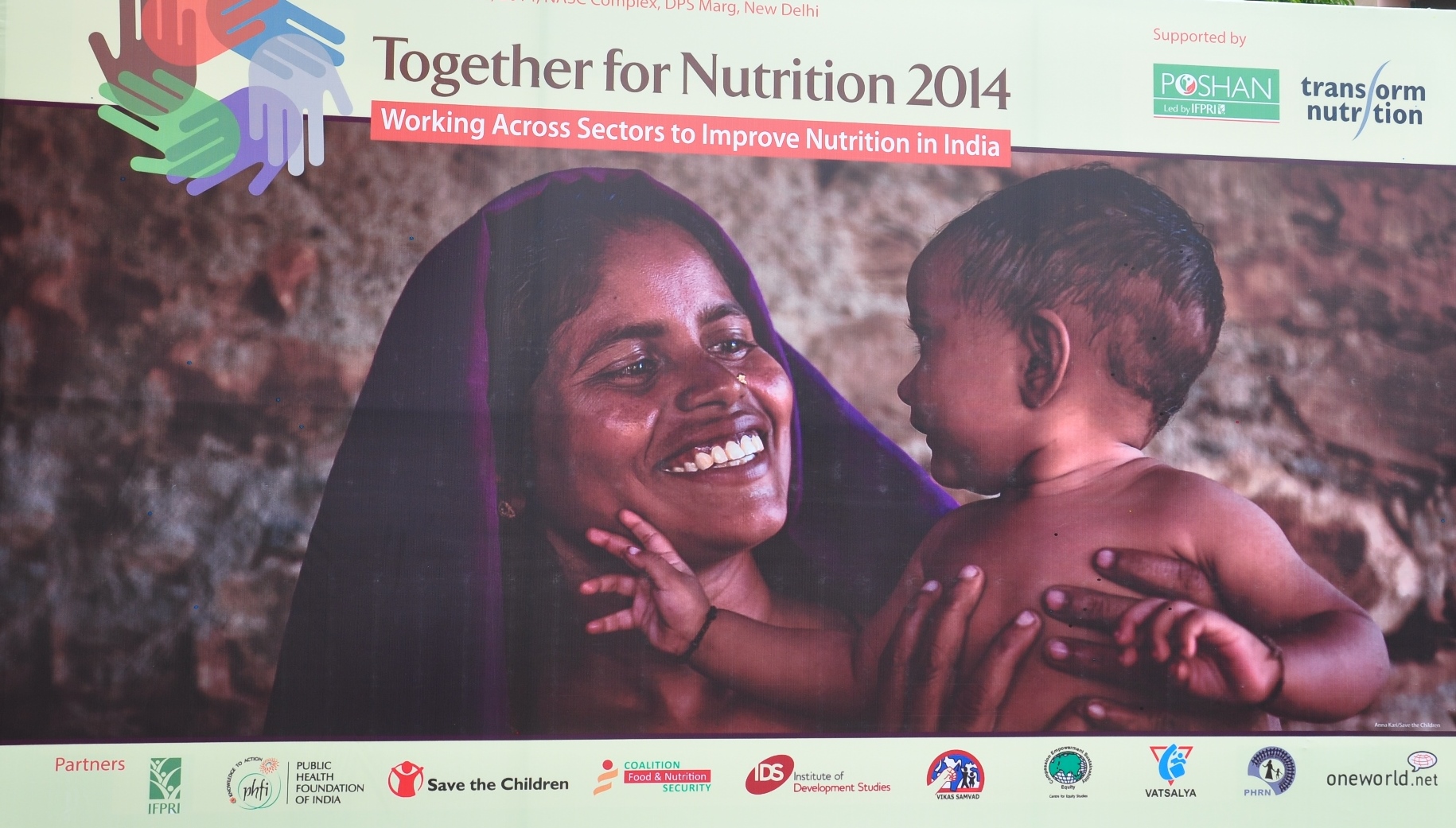 We heard many rich presentations on Day 1 of the Together for Nutrition Conference on both global evidence and state experiences. I took away three overarching themes:
We heard many rich presentations on Day 1 of the Together for Nutrition Conference on both global evidence and state experiences. I took away three overarching themes:
1. How interventions from other sectors are delivered matters
We saw that it is not either/or in terms of direct nutrition interventions vs. those from other sectors. The pie charts from various countries presented by Dr. Ruel demonstrate that action from many other sectors is needed to meaningfully address the problem. But even though we have far more evidence of impact for the direct nutrition actions, we still have some guidance on what would be impactful from other sectors.
For agriculture, we heard about changing dietary patterns in India from Dr. Joshi, and even in the face of these changes, we know the key goal for the agriculture sector: to ensure access to a safe, affordable, and diverse diet for low-income consumers. One of the clear ways to achieve that is to improve the productivity of nutrient-dense, non-staple crops. India was able to do this for rice, wheat, and maize in the Green Revolution and it is time to turn the agriculture investments towards non-staples to bring down the prices of pulses, milk, fruits, and vegetables to make them accessible to the most vulnerable consumers.
In other sectors, we have to ensure they are implemented in a way that has an impact on nutrition. For example, several recent evaluations of large-scale sanitation programs—data that was not presented here today—including in India, showed little to no impact on child health or nutrition outcomes—diarrhea or growth. These programs had high coverage rates but likely did not have a health impact because coverage only measures delivery of hardware, latrines, and not the take up of these interventions—behavior change. Did people’s practices change? And sanitation alone, the building of a latrine, is not enough to interrupt the environmental contamination pathways. There is also a need for water and hygiene interventions to fully clean up the environment.
2. Strategic use of data
The Maharashtra Nutrition Mission’s success at least partially relied on a strategic use of data to guide decision-making and even do course correction. For example, the Mission started with a focus on 0-6 year olds and then sharpened their focus to under 3’s after looking at the data. They also noticed that early initiation of breastfeeding lagged behind the rate of institutional deliveries, so they started digging into the data to understand why. They also commissioned a comprehensive nutrition survey to see if they were on the right track.
Similarly, the presentation on conditional cash transfers in Odisha by Mme. Aswathy demonstrated that one of the cornerstones of success of the program is the real-time data reported back to all levels of managers to ensure accountability for meeting program objectives. And in Madhya Pradesh, we learned from M. Das that they undertook a statewide nutrition survey in 2010 to better understand the nature of the problem and inform the design of their Nutrition Mission. There was also an interesting case from Odisha from Mr. Mahto, which showed that data was used to initiate conversation between stakeholders and spur action.
Overall, the experience from many states demonstrates that you have to be open-minded and flexible on what might work and bring data to bear on the course you’ve set.
3. Importance of equity and targeting in the design, implementation and evaluation of programs
As many speakers highlighted, as economies grow and bring down malnutrition rates, we have to ensure that conditions improve for the most vulnerable. As Mr. Mander eloquently reminded us, “To be human you need food and you need freedom, and neither is negotiable.” India has an impressive infrastructure down to the village level to reach women and children with food and health services. Maharashtra’s experience as described by Ms. Nair demonstrated that these programs can deliver at scale and reach the most vulnerable if they are given leadership and support. What came across from many state-level presentations was that the large-scale programs are the scaffolding upon which innovation and accountability can be layered for impact.
This was an excellent first day and Day 2 of the conference will surely be just as interesting!
Written by: Shelly Sundberg, Bill & Melinda Gates Foundation and Mara van den Bold, IFPRI


